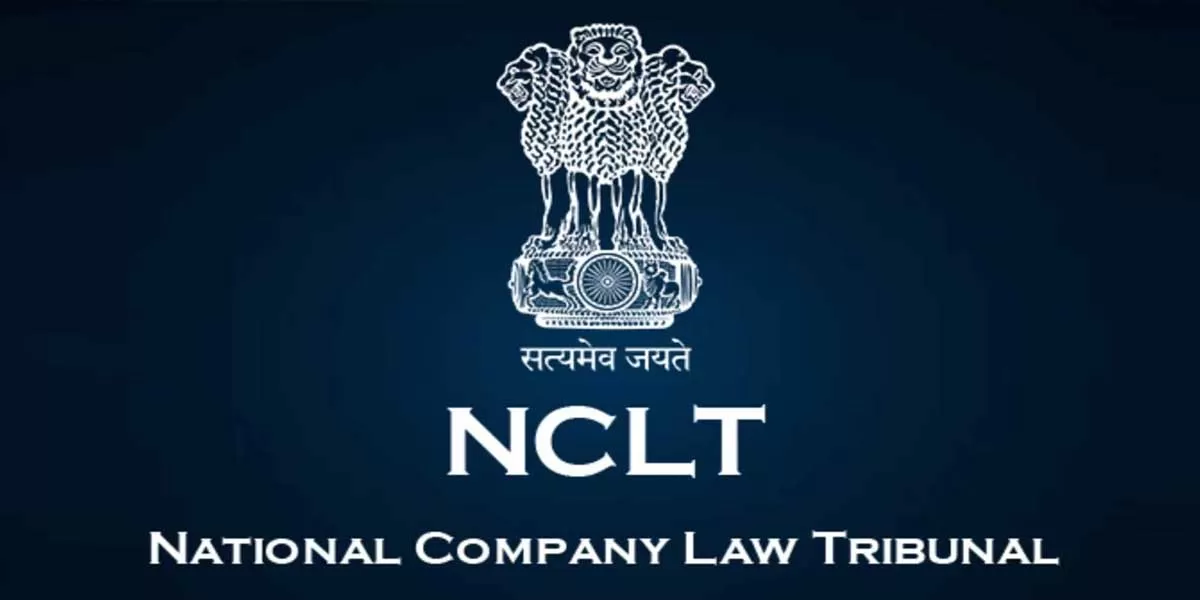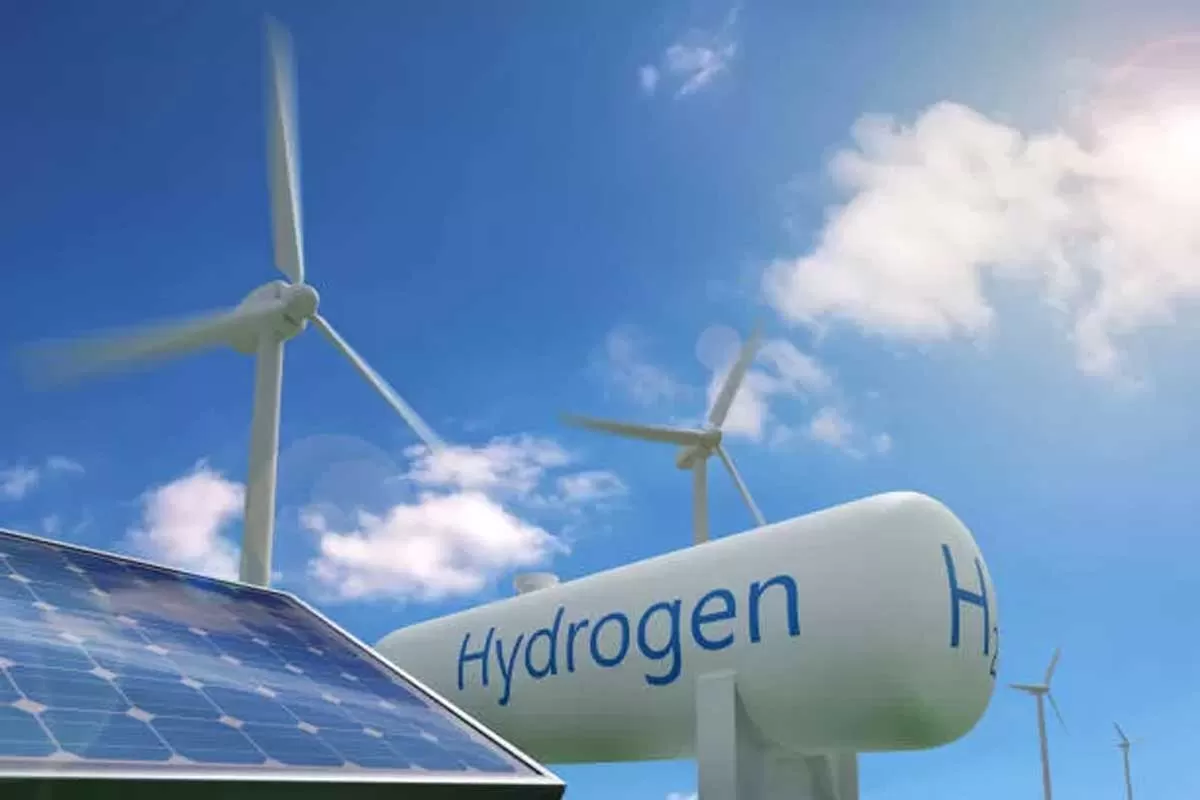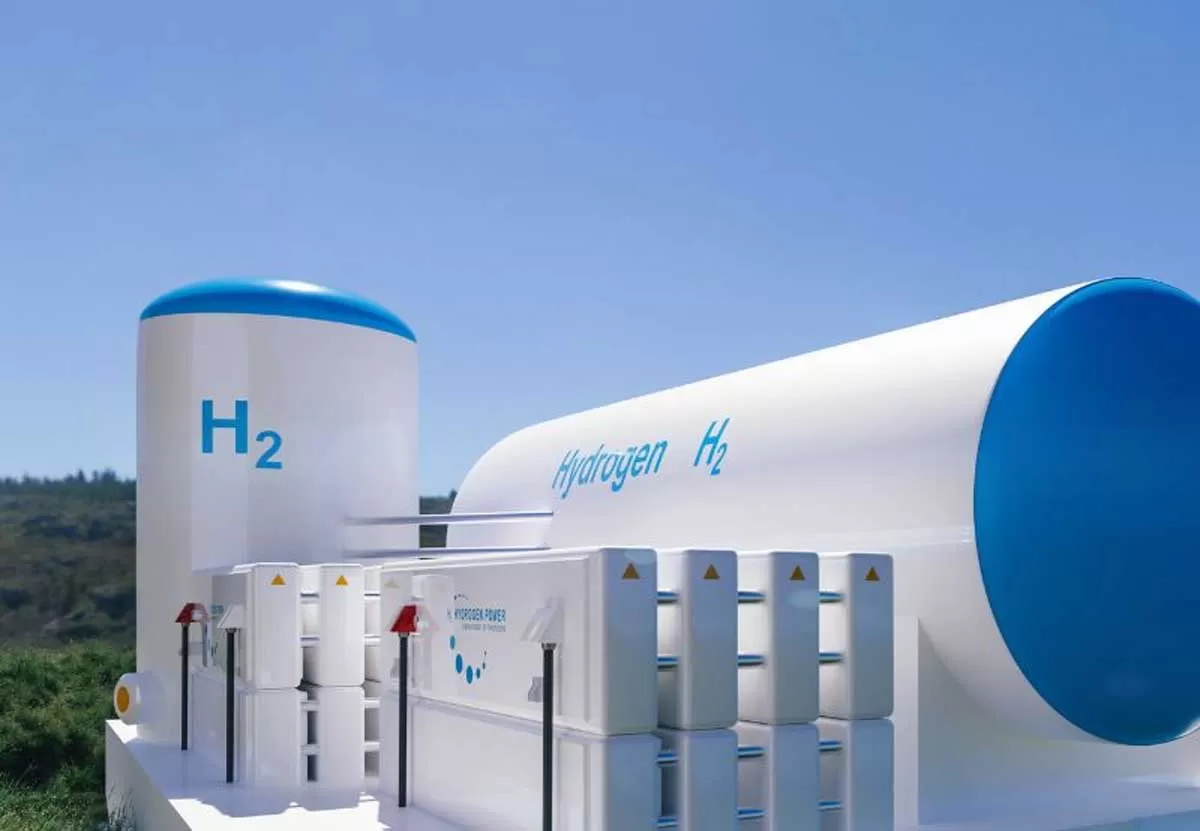

Reliance, L&T, Waaree Among 9 to Win Green Hydrogen Projects
Reliance Green Hydrogen and Green Chemicals, L&T Energy, AM Green Ammonia, and Waaree Clean Energy Solutions are among nine companies awarded tenders for setting up green hydrogen production facilities under the second tranche of the Strategic Interventions for Green Hydrogen Transition (SIGHT) Scheme, according to an order issued by the Solar Energy Corporation of India (SECI). SECI, functioning as the implementing agency for renewable energy projects nationwide, issued letters of award to these firms, which were selected from 14 tender bids. The other awardees include Oriana Power Ltd, Matr..

Adani Green's Renewable Capacity Rises to 13,487.8 MW
Adani Green Energy Limited (AGEL) announced that its renewable energy generation capacity has increased to 13,487.8 MW following the commissioning of new projects. In a stock exchange filing, AGEL stated that it has operationalised a combined 396.7 MW of power projects at Khavda in Gujarat via its wholly-owned step-down subsidiaries. With the commissioning of these projects, the company's total operational renewable generation capacity now stands at 13,487.8 MW, AGEL confirmed. Adani Renewable Energy Fifty Six Limited and Adani Green Energy Twenty Four A Limited have commissioned solar proje..

INOX Air Opens First Green Hydrogen Plant in Rajasthan
INOX Air Products has commissioned its first green hydrogen manufacturing plant at Asahi India Glass Limited’s (AIS) greenfield float glass facility in Soniyana, Chittorgarh, Rajasthan, the company announced on 28 March. AIS has entered a 20-year offtake agreement with INOXAP for the supply of green hydrogen to this facility. Powered by solar energy, the plant will produce up to 190 tonnes of green hydrogen annually through electrolysis, the companies said in a joint statement. INOXAP will handle the plant’s design, engineering, installation, operations, and ensure a consistent ..














